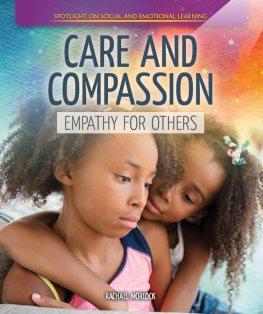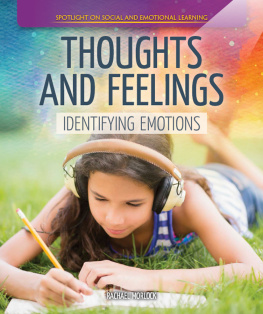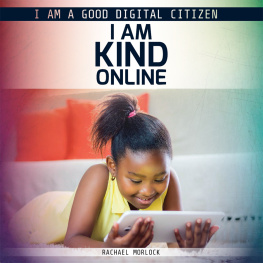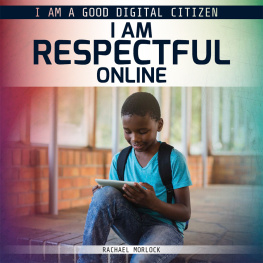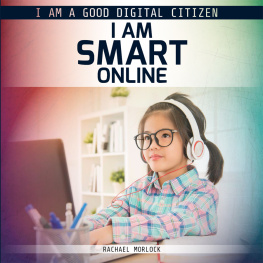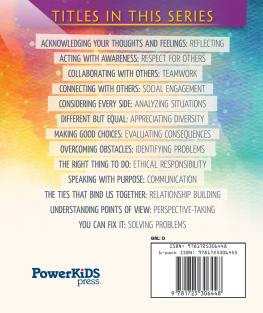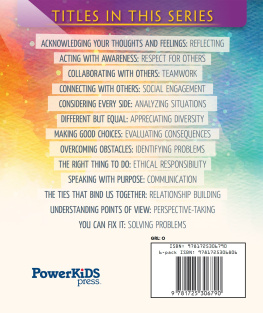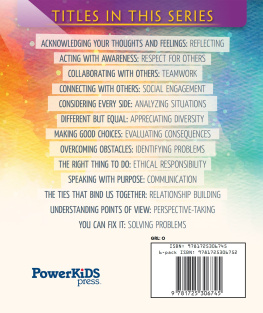Rachael Morlock - Care and Compassion: Empathy for Others
Here you can read online Rachael Morlock - Care and Compassion: Empathy for Others full text of the book (entire story) in english for free. Download pdf and epub, get meaning, cover and reviews about this ebook. year: 2019, publisher: Rosen, genre: Home and family. Description of the work, (preface) as well as reviews are available. Best literature library LitArk.com created for fans of good reading and offers a wide selection of genres:
Romance novel
Science fiction
Adventure
Detective
Science
History
Home and family
Prose
Art
Politics
Computer
Non-fiction
Religion
Business
Children
Humor
Choose a favorite category and find really read worthwhile books. Enjoy immersion in the world of imagination, feel the emotions of the characters or learn something new for yourself, make an fascinating discovery.
- Book:Care and Compassion: Empathy for Others
- Author:
- Publisher:Rosen
- Genre:
- Year:2019
- Rating:5 / 5
- Favourites:Add to favourites
- Your mark:
- 100
- 1
- 2
- 3
- 4
- 5
Care and Compassion: Empathy for Others: summary, description and annotation
We offer to read an annotation, description, summary or preface (depends on what the author of the book "Care and Compassion: Empathy for Others" wrote himself). If you haven't found the necessary information about the book — write in the comments, we will try to find it.
Care and Compassion: Empathy for Others — read online for free the complete book (whole text) full work
Below is the text of the book, divided by pages. System saving the place of the last page read, allows you to conveniently read the book "Care and Compassion: Empathy for Others" online for free, without having to search again every time where you left off. Put a bookmark, and you can go to the page where you finished reading at any time.
Font size:
Interval:
Bookmark:


Published in 2020 by The Rosen Publishing Group, Inc. 29 East 21st Street, New York, NY 10010
Copyright 2020 by The Rosen Publishing Group, Inc.
All rights reserved. No part of this book may be reproduced in any form without permission in writing from the publisher, except by a reviewer.
Editor: Rachel Gintner
Designer: Michael Flynn
Photo Credits: Cover JGI/Jamie Grill/Blend Images/Getty Images; cover, pp. 1, 34, 6, 8, 1012, 1416, 1820, 2224 (background) TairA/Shutterstock.com; p. 5 leezsnow/E+/Getty Images; p. 7 Michael Rougier/The LIFE Picture Collection/Getty Images; p. 9 PIXOLOGICSTUDIO/Science Photo Library/Getty Images; p. 10 Holly Kuchera/Shutterstock.com; p. 11 pixelheadphoto digitalskillet/Shutterstock.com; p. 13 Tom Wang/Shutterstock.com; p. 14 wavebreakmedia/Shutterstock.com; p. 15 Monkey Business Images/Shutterstock.com; p. 17 Ian Walton/ Getty Images; p. 18 Bernard Weil/Toronto Star/Getty Images; p. 19 Rubberball/Nicole Hill/Getty Images; p. 21 Catalin Petolea/Shutterstock.com; p. 22 sirtravelalot/Shutterstock.com.
Cataloging-in-Publication Data
Names: Morlock, Rachael.
Title: Care and compassion: empathy for others / Rachael Morlock.
Description: New York : PowerKids Press, 2020. | Series: Spotlight on social and emotional learning | Includes glossary and index.
Identifiers: ISBN 9781725301986 (pbk.) | ISBN 9781725302013 (library bound) | ISBN 9781725301993 (6pack) Subjects: LCSH: Empathy--Juvenile literature. | Empathy in children--Juvenile literature. Classification: LCC BF723.E67 M67 2020 | DDC 152.41--dc23
Manufactured in the United States of America
CPSIA Compliance Information: Batch #CSPK19. For further information contact Rosen Publishing, New York, New York at 1-800-237-9932.
CHAPTER one
WHATS EMPATHY?
Do you ever cry when you see a sad movie? If your friend tells you excitedly about their new bike, do you feel happy? Have you had an argument with a brother or sister and tried to understand their point of view? If these situations sound familiar, then you probably practice empathy every day without realizing it! Empathy happens when you notice and imagine what other people are thinking, feeling, and experiencing.
Empathy is similar to sympathy. When you are sympathetic, you care about someone and hope theyll feel better. Empathy also involves caring, but it brings you closer to others than sympathy can. When you practice empathy, you not only pay attention to what others are experiencing, you also share their emotions and perspective. Empathy is a powerful way to connect with others and show them you care.
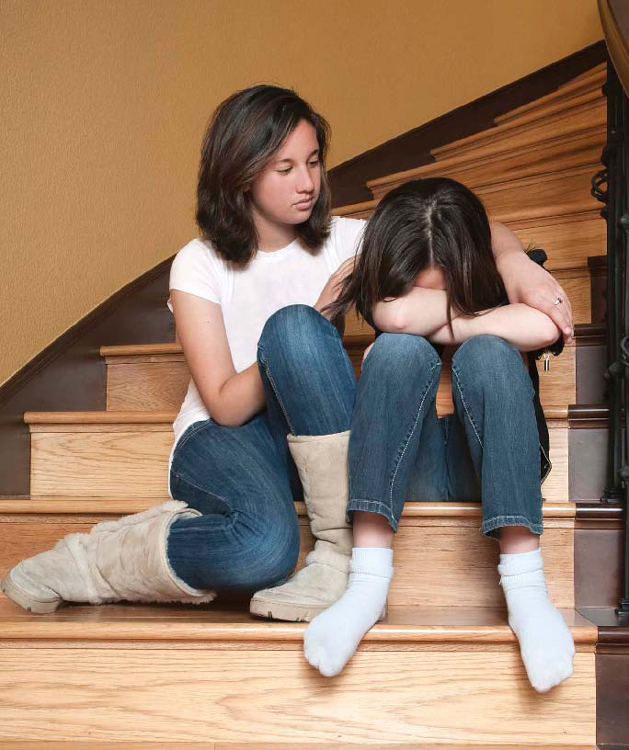
With empathy, you experience the emotions and perspectives of others almost as if theyre your own. When a friend is sad, you feel sad, too.
CHAPTER two
THINKING AND FEELING
Empathy can be broken down into two parts thinking and feeling. You need both parts of empathy to understand the full experience of others.
Feeling with others often happens like a reflex. When you see a friend crying, you may feel tears stinging your eyes, too. If a classmate giggles, you might feel happy and laugh without knowing the joke! You can often share strong emotions with others without understanding what led to them.
Sometimes, though, you have to think more about others to share their feelings. You can think about the way they look and what they say to find clues about their emotions. You can also imagine their situation. How would you feel in their shoes? The more information you have or can imagine about someone, the more likely you are to share and understand their feelings.

Psychologist Carl Rogers believed that empathy could help people heal and grow, especially in therapy. Rogers practiced empathy by listening carefully and trying to understand the emotions of others.
CHAPTER three
HOW IT WORKS
Empathy starts inside you. The human body is made up of cells, and the cells in the brain and nervous system are called neurons. These special cells use chemicals to send messages about whats happening in and around you. For example, when you eat ice cream, neurons in a certain part of your brain send you messages about the experience. Some scientists are studying how special neurons may send certain messages when you watch someone else eating ice cream, even if you arent eating it yourself.
Some scientists think these mirror neurons may be the building blocks of empathy. They may allow your brain to imagine the experiences, actions, and sensations of people around you. We often copy others and learn by watching them. These connections, which scientists think might be automatically made in your brain, are just the beginning. Empathy also involves a purposeful effort to understand others.
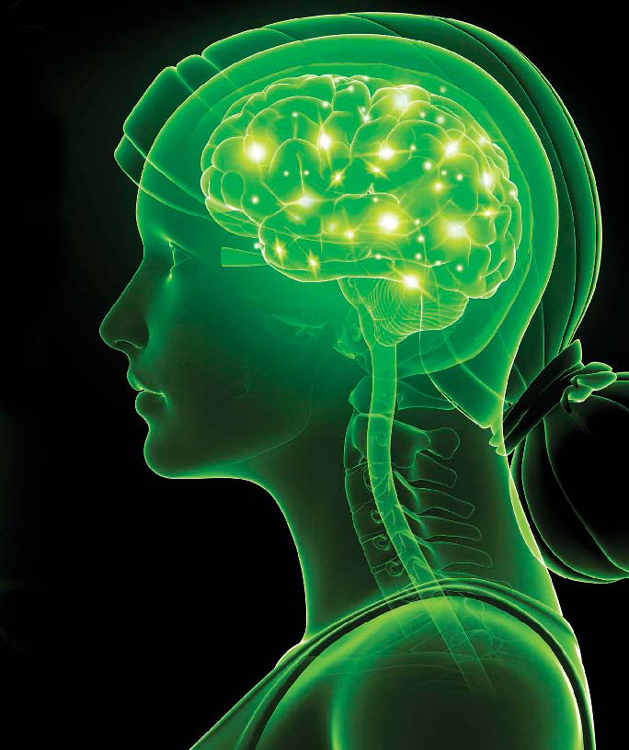
There are about 86 billion neurons (possibly even more!) that send messages inside your brain. Whether youre watching or performing an action, theres activity in your brain that people can study.
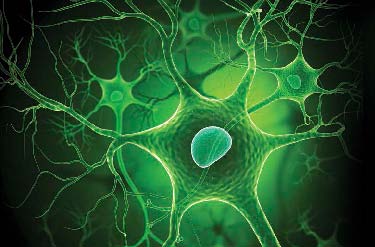
NERVE CELL
CHAPTER four
STRONGER TOGETHER
Ever since the earliest humans, empathy has helped people connect with each other. Its likely that animals, including primates, dogs, and rats, also experience empathy. These species have all gained empathy over time. Theyve used it as a tool for raising their young and working together as a team for survival. The natural role of empathy shows how important social relationships are for humans and other animals.

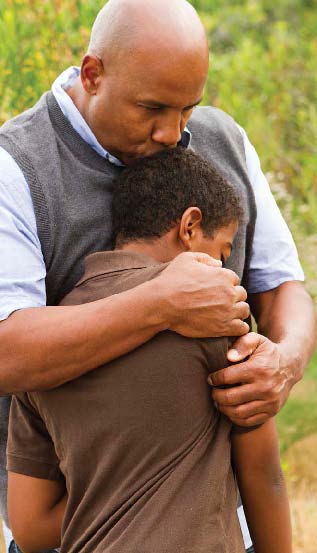
When youre sad or scared, doesnt it help to feel understood by loved ones? Being able to give and receive empathy helps you form close, healthy relationships with others.
Empathy strengthens families. If you think about the bond between a parent and their child, you can see empathy at work. Empathy allows parents to care for their children. When babies cry, their parents use empathy to understand their feelings, comfort them, and provide what they need.
Friendships and communities also grow stronger with empathy. It helps people more easily share their experiences and emotions with each other. Then community members can cooperate as they work toward common goals.
CHAPTER five
RECOGNIZING EMOTIONS
A large part of practicing empathy is identifying emotions in others. In addition to your words, your face, body, and voice can tell others how you feel. Even if you dont think about it, your facial muscles usually move into certain positions based on your emotions. You smile when youre happy, pout when youre sad, or frown when youre angry. Facial
Font size:
Interval:
Bookmark:
Similar books «Care and Compassion: Empathy for Others»
Look at similar books to Care and Compassion: Empathy for Others. We have selected literature similar in name and meaning in the hope of providing readers with more options to find new, interesting, not yet read works.
Discussion, reviews of the book Care and Compassion: Empathy for Others and just readers' own opinions. Leave your comments, write what you think about the work, its meaning or the main characters. Specify what exactly you liked and what you didn't like, and why you think so.

